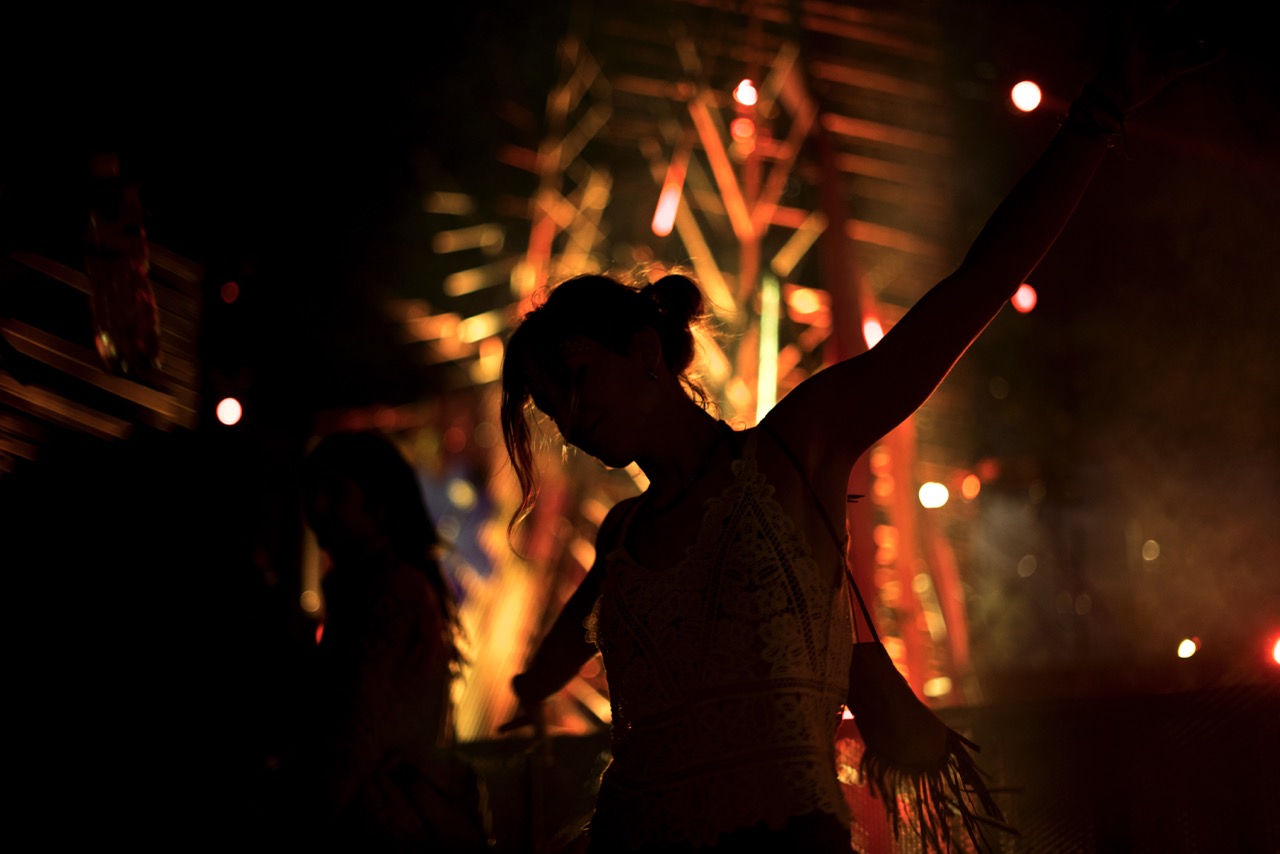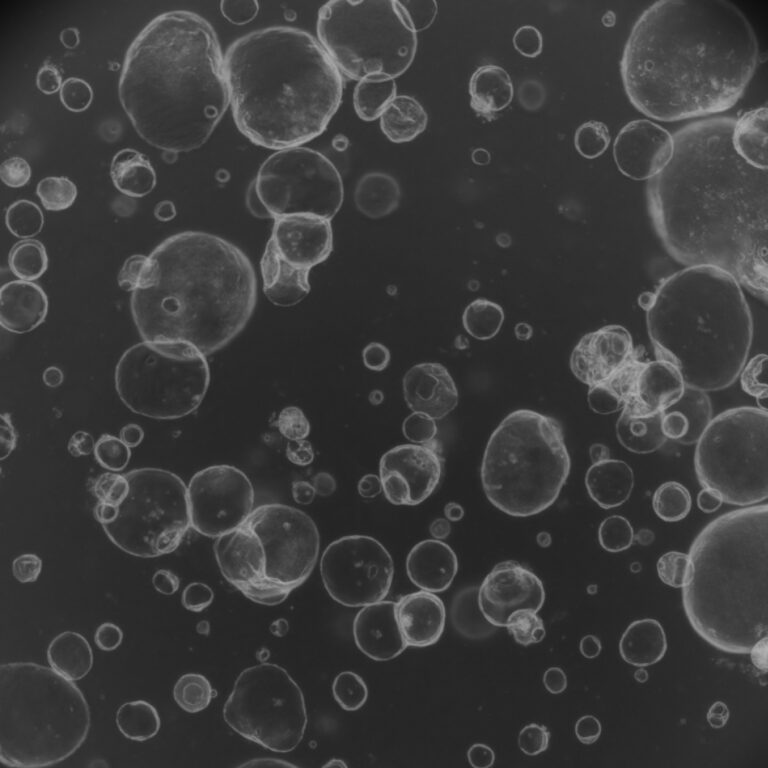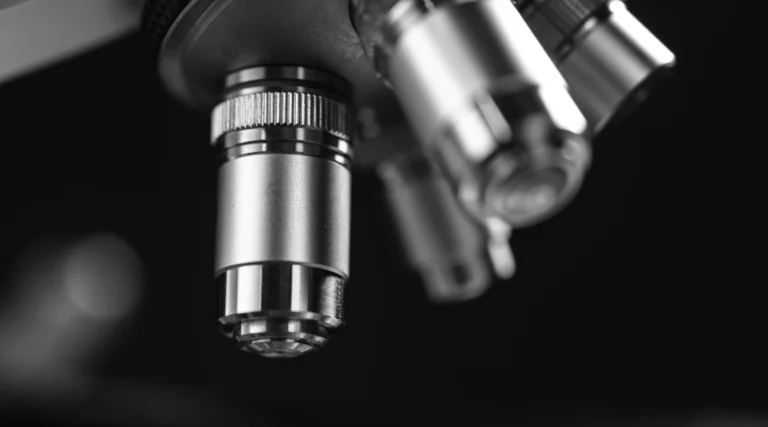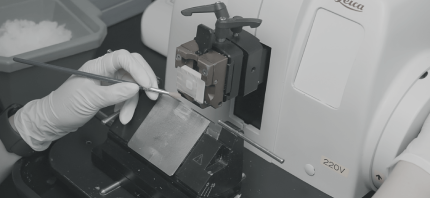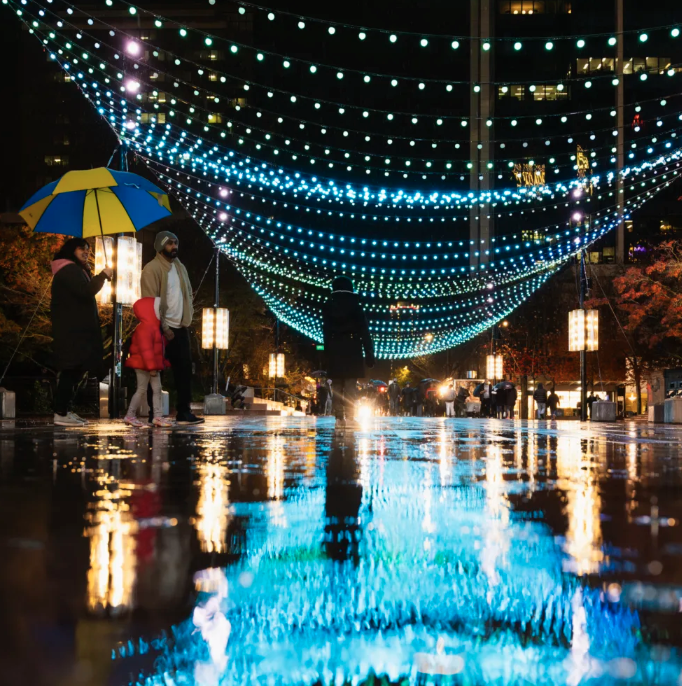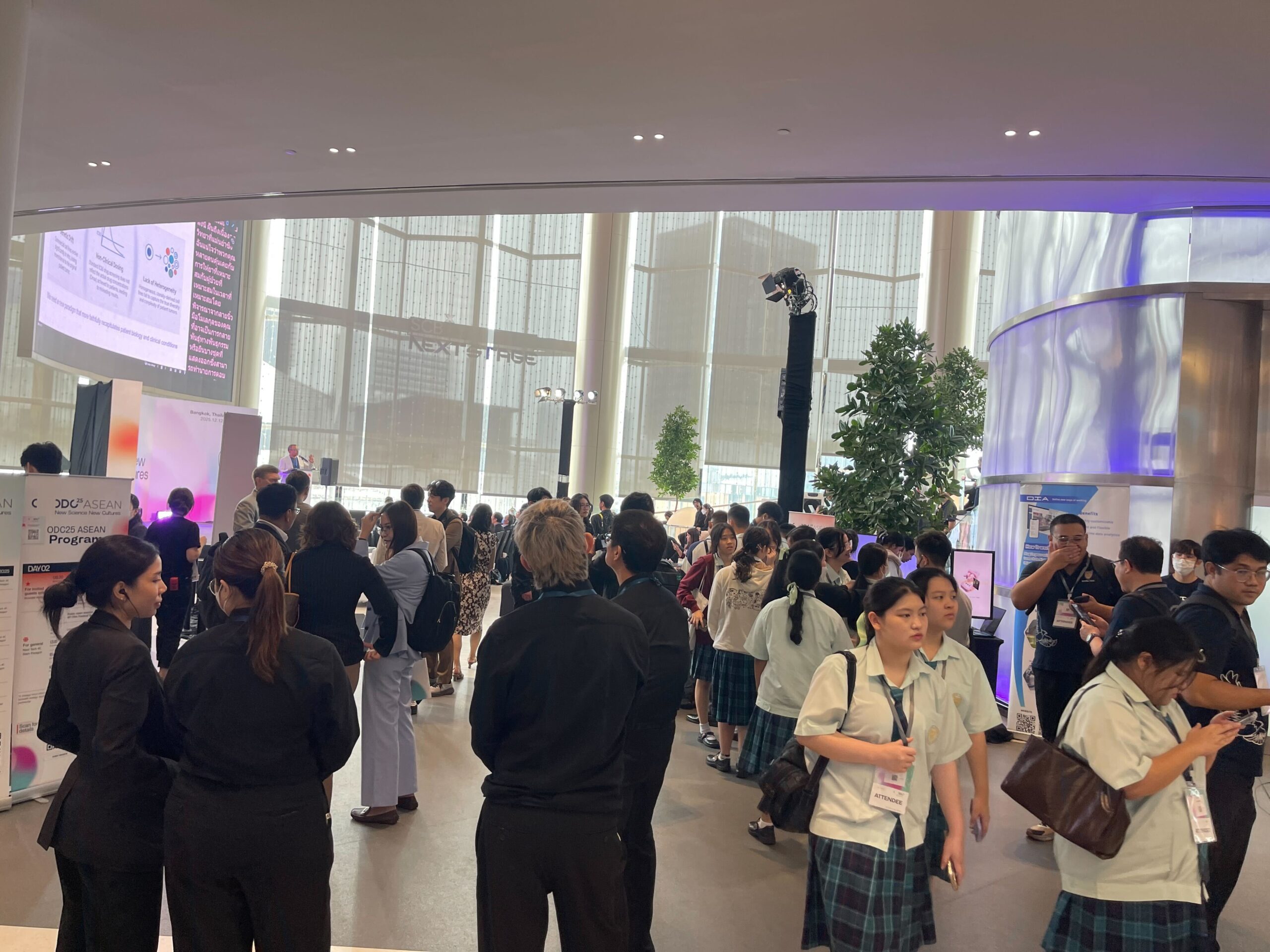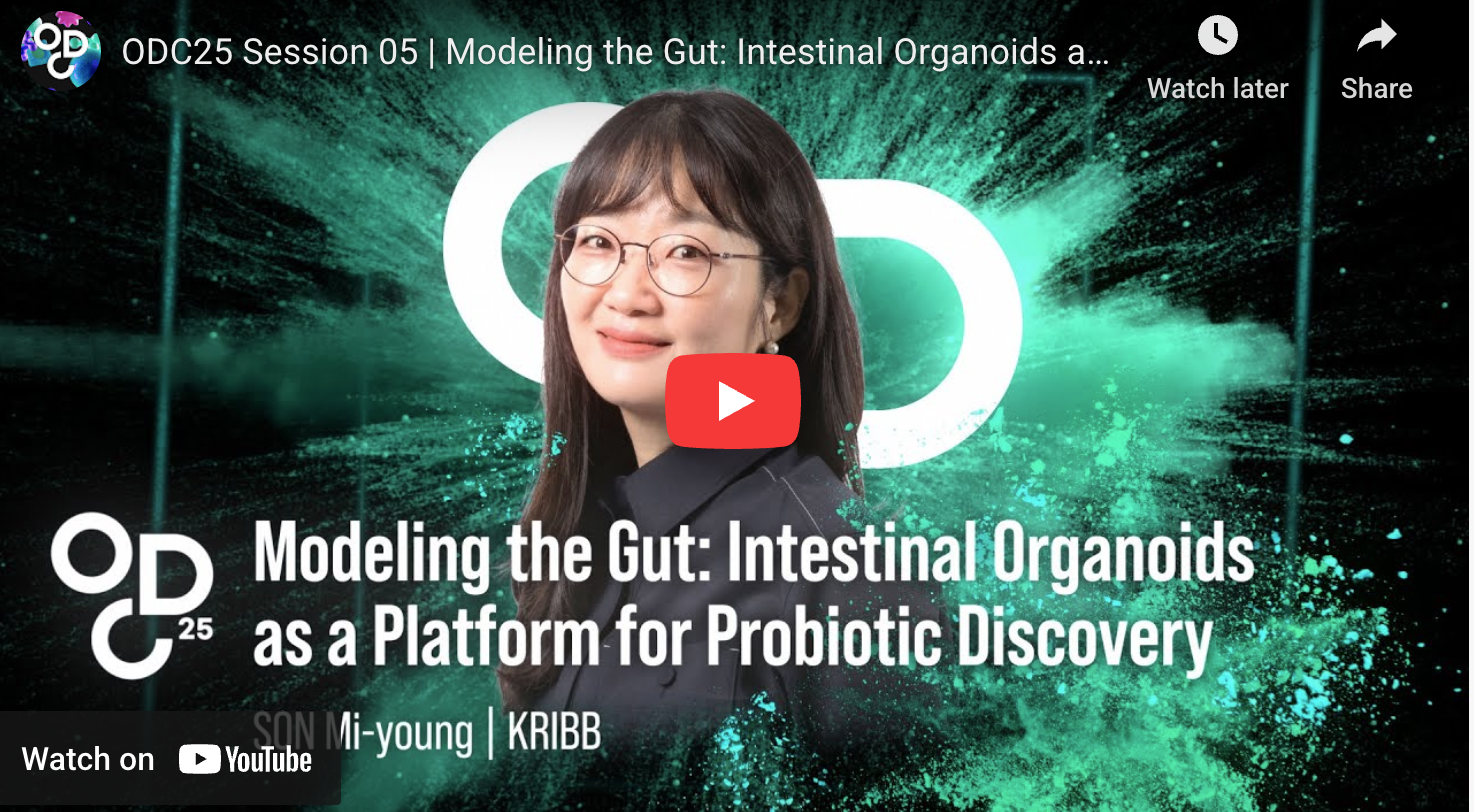Festivals are unstoppably on the rise. However, they share an unexpected connection to medical research.
In the performance spaces of festivals, sound designers meticulously calibrate frequencies to create immersive experiences. Their artistic exploration — manipulating invisible waves to affect human perception — shares a surprising kinship with medical insights.
While festival-goers experience carefully crafted sonic environments, researchers in pharmaceutical science are harnessing similar physical principles for targeted healing. A comprehensive study in the Journal of Drug Targeting demonstrates how specific ultrasonic frequencies can create temporary openings in cellular membranes — a process called sonoporation — allowing therapeutic compounds to penetrate previously inaccessible tissues.
This parallel is more than coincidental. Both disciplines navigate the same fundamental properties of acoustic waves —how they interact with physical matter and create measurable effects. At festivals, artists explore the boundaries between sound as sensation and sound as transformative medium. In medical laboratories, scientists explore how these same vibrational properties can overcome biological barriers with unprecedented precision.
What connects these seemingly distant worlds is their shared recognition that sound exists beyond our perception — as energy capable of transformation. As experimental composers at festivals stretch our understanding of what sound can accomplish aesthetically, they echo the work of medical pioneers using acoustic energy to revolutionize how we heal, revealing how art and science often resonate at complementary wavelengths.
